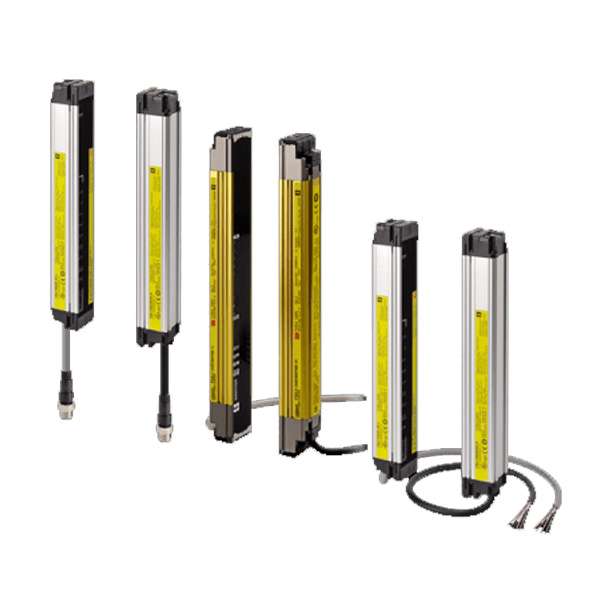
Safety Sensors
Safety sensors are a cornerstone of modern industrial operations, playing a vital role in protecting both workers and equipment. These sensors are designed to detect dangerous situations or unsafe conditions in real-time, automatically triggering actions such as shutting down machinery or alerting operators to potential hazards. By integrating safety sensors into industrial processes, companies can significantly reduce the risk of accidents and ensure compliance with stringent safety regulations.
One of the primary benefits of safety sensors is their ability to create a safer working environment. These sensors can be used to monitor a wide range of parameters, including proximity, motion, pressure, and temperature. For instance, proximity sensors can detect when a person or object is too close to moving machinery, while pressure sensors can prevent equipment from operating if an obstruction is present. These immediate responses help prevent injuries, equipment damage, and costly downtime.
Additionally, safety sensors are highly adaptable and can be integrated into various systems and applications. Whether it’s safeguarding automated machinery, controlling access to hazardous zones, or monitoring critical processes, safety sensors provide flexible solutions for diverse industries such as manufacturing, automotive, and logistics. Many of these sensors are designed to withstand harsh industrial environments, ensuring long-term reliability even under extreme conditions such as high temperatures, humidity, or vibration.
In conclusion, safety sensors are indispensable in industrial settings, enhancing worker safety and operational efficiency. Their ability to detect and respond to potential hazards in real-time makes them a critical component of modern industrial automation. For companies, investing in high-quality safety sensors is not only a compliance necessity but also a strategic move to protect their workforce and assets.
